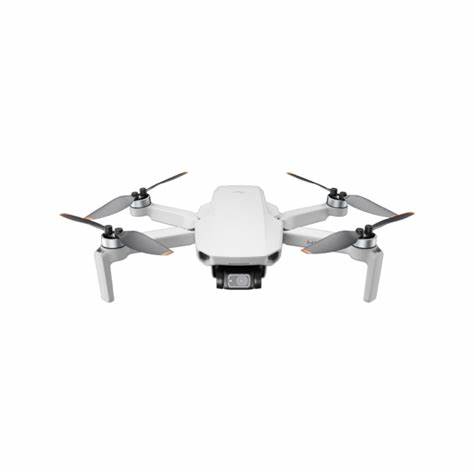Phone:
(701)814-6992
Physical address:
6296 Donnelly Plaza
Ratkeville, Bahamas.

In recent decades, Unmanned Aerial Vehicles (UAVs), commonly known as drones, have emerged from the realm of military technology to become a transformative force across various industries. These remotely piloted or autonomous aircraft are redefining how we conduct surveillance, gather data, and even deliver goods, marking a significant milestone in the evolution of aviation and technology.
The origins of UAVs can be traced back to the early 20th century, primarily developed for military reconnaissance and target practice. However, it was the rapid advancements in miniaturized electronics, global positioning systems (GPS), and artificial intelligence (AI) that truly propelled drones into the mainstream. Today, UAVs come in a wide array of shapes and sizes, from small quadcopters used for hobbyist photography to large, sophisticated fixed – wing drones capable of long – range missions.
One of the most prominent applications of UAVs lies in aerial photography and videography. Equipped with high – resolution cameras, drones offer breathtaking perspectives that were once only accessible through expensive manned aircraft or helicopters. This has revolutionized the fields of filmmaking, real estate, and tourism, allowing professionals and enthusiasts alike to capture stunning visuals from previously impossible angles.
In agriculture, UAVs have become invaluable tools for farmers. By using multispectral and thermal cameras, drones can monitor crop health, detect areas of water stress, and assess soil conditions. This data – driven approach enables precision farming, optimizing the use of water, fertilizers, and pesticides, which not only increases crop yields but also reduces environmental impact.
The logistics and delivery industry is also witnessing a paradigm shift with the introduction of delivery drones. Companies are exploring the use of UAVs to deliver small packages, medical supplies, and even food, especially in remote or hard – to – reach areas. This has the potential to significantly reduce delivery times and costs, while also providing a more sustainable alternative to traditional ground – based delivery methods.
However, the widespread adoption of UAVs is not without its challenges. Safety and privacy concerns remain at the forefront, with issues such as airspace management, collision risks, and unauthorized surveillance posing significant hurdles. Regulatory frameworks around the world are still evolving to address these concerns, striking a balance between innovation and public safety.
Looking ahead, the future of UAVs is incredibly promising. As AI and machine learning technologies continue to advance, drones will become more autonomous, capable of making complex decisions in real – time. The integration of UAVs with the Internet of Things (IoT) will further enhance their capabilities, enabling seamless communication and data sharing across multiple systems.
In conclusion, Unmanned Aerial Vehicles are not just a technological novelty; they are a testament to human ingenuity and the limitless possibilities of innovation. As we continue to explore new applications and overcome existing challenges, UAVs are set to play an increasingly vital role in shaping the future of numerous industries and our daily lives.